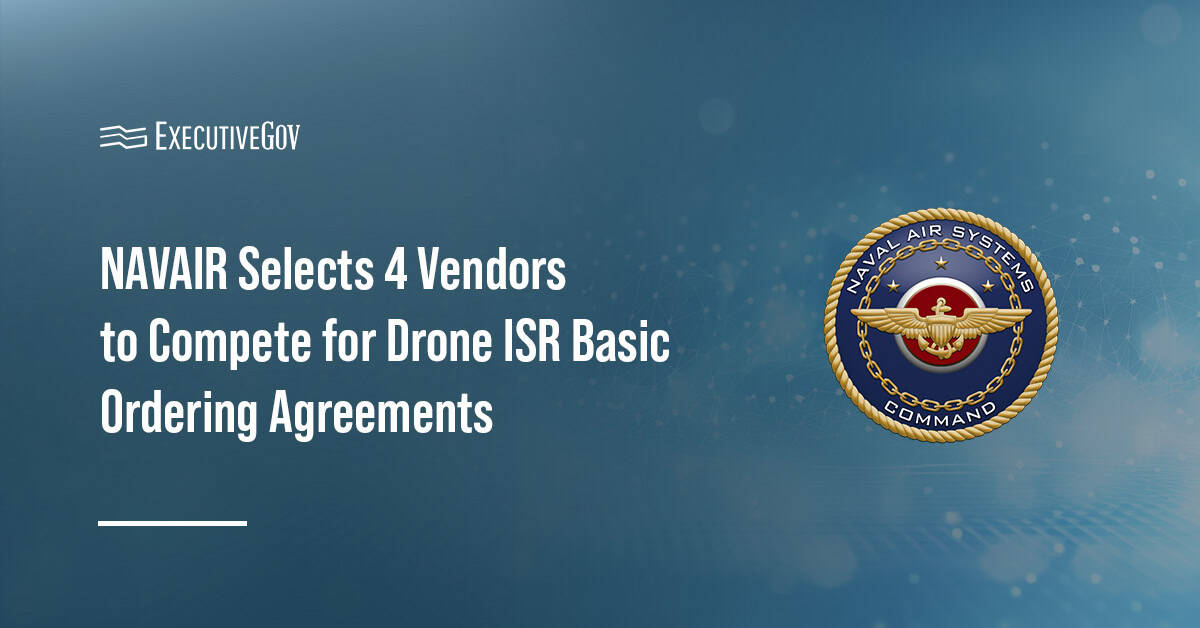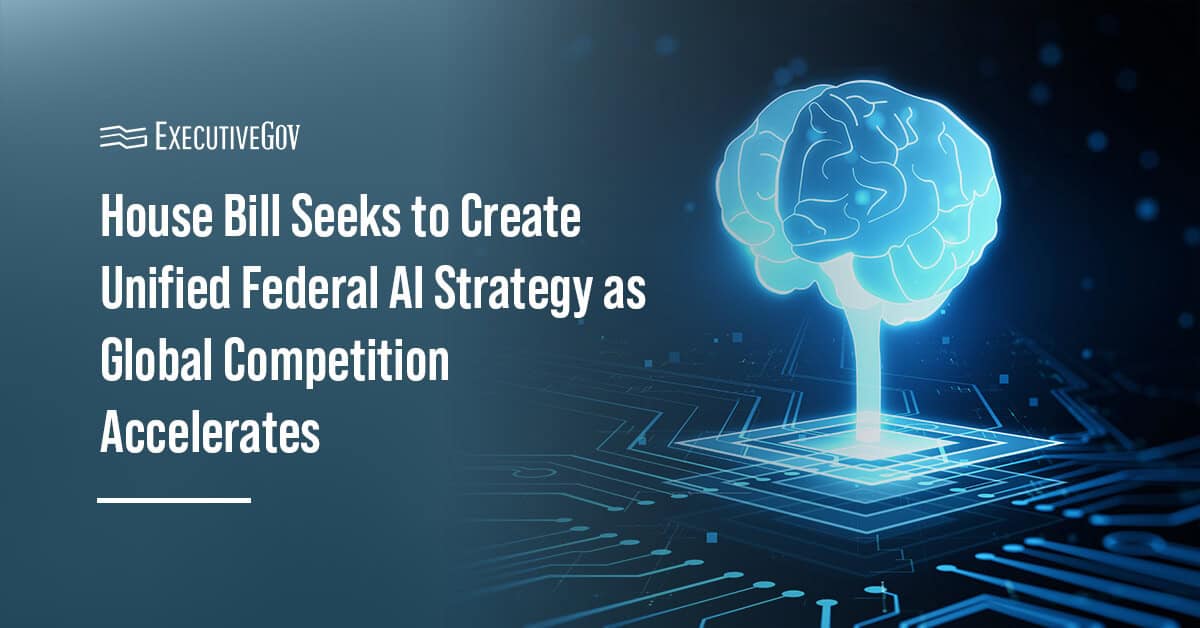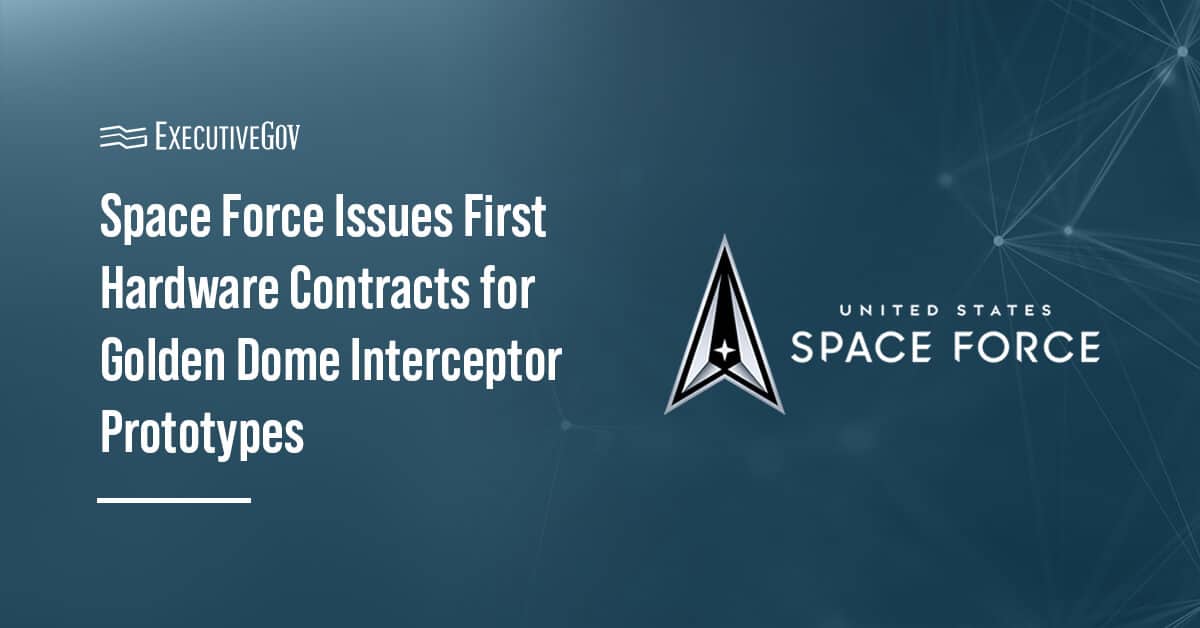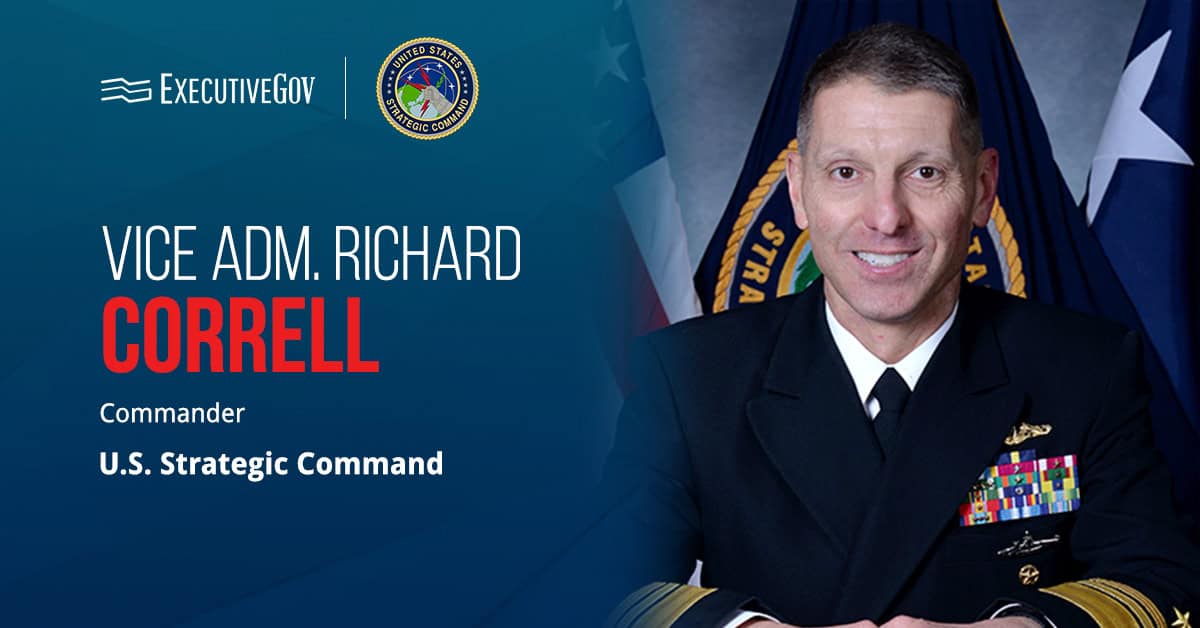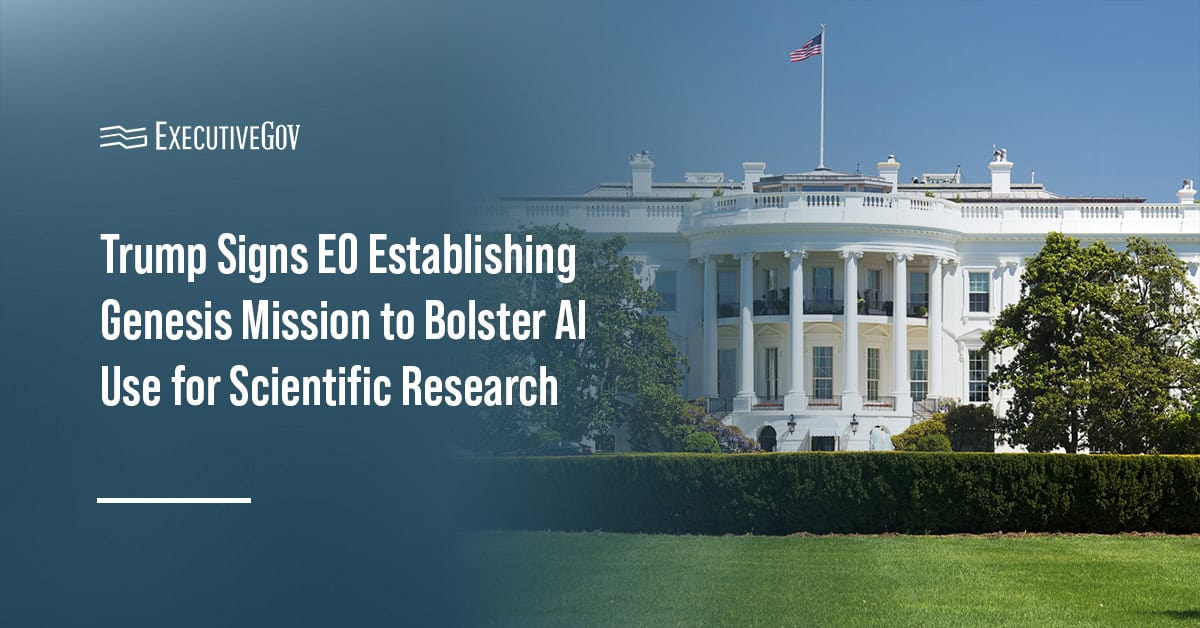The Naval Air Systems Command’s program executive office for unmanned aviation and strike weapons has revealed plans to issue delivery orders under four basic ordering agreements to support land and sea-based unmanned aerial system contractor-owned, contractor-operated intelligence, surveillance and reconnaissance, or ISR, services.
Table of Contents
What Will NAVAIR’s UAS COCO ISR Services Contracts Cover?
According to a presolicitation notice published on SAM.gov on Nov. 20, the agreements will require contractors to provide trained personnel, non-developmental UAS platforms, certifications, operations and maintenance, spare parts, and product support.
These services are intended to support ISR missions, delivering continuous sensor data and imagery to combatant commands. They will aid U.S. and allied forces in combat and contingency operations, guided by joint urgent operational needs, fleet top-level requirements and other operational directives.
Which Companies Will Vie for Delivery Orders Under NAVAIR’s BOAs?
NAVAIR will procure the necessary products or services from a restricted set of suppliers, including AeroVironment, Shield AI, Insitu and Textron Systems. These companies are expected to compete for each opportunity, with the winning bidder receiving the delivery order under the applicable BOA.
Based on the request for information notice issued on SAM.gov in January, Insitu and Textron Systems are currently providing the services under firm-fixed-price BOAs issued in March 2021.


